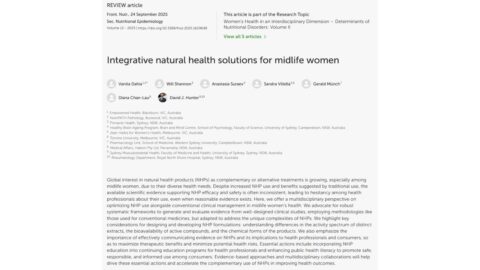Diets – Deciphering the Right Diet
by Vanita Dahia
We connect with family, friends and conduct business around food – food is the common ground.
The plethora of diets on the marketplace is confusing. There is no one diet best suited for all.
“We are what we eat” should be the mainstay of optimal health. There are a plethora of the ”ideal” diet either based on weight loss regimes, health condition, blood type, or genotype which in turn confuses the patient in structuring the ideal diet for themselves.
Some Thoughts on Diets
It’s best to choose foods that stimulate gut hormones to provide a feeling of fullness for a longer period. These are foods that are high in protein, such as fish and chicken, and low in glycaemic index (GI) such as pasta, lentils and basmati rice.
Have you ever tried growing your tomatoes as big and uniform as is found in supermarkets? The tomatoes that are home grown may be smaller, may even be pitted and not uniform, would generally tend to be nutrient dense and healthier than the commercial counterpart. Food today is either adulterated, or genetically modified.
Genetically modified soy or corn is used in daily diets across the world masked in foods such as bread, chocolates, potato chips, fried foods, oils, margarines, mayonnaise, and many more. Agricultural industries are using gene technology to improve the efficiency of animal production. This research uses the natural genetic variation in livestock to selectively breed animals that produce more meat, milk, and fibre.
Awareness of modification, adulteration and agricultural processes of food should proactively give us the opportunity to make informed healthy organic choices
Shall We Blame Our Genes?
Early investigations of gene regulations have revealed that nutrients can actually modulate gene expression. Ever wondered why a migrant who is used to their traditional foods then change their diet, develop all sorts of food intolerance’s or allergies?
A relatively new science called nutrigenomics shows how different foods may interact with specific genes, how foods talk to our genes, and how genes express themselves after a conversation. Nutrigenomics confirms that food provides potent dietary signals that directly influence the metabolic programming of our genes and they also modify the risk of common chronic diseases. It’s telling us which food is information that contain instructions which communicate directly with the genes.
External factors such as diet, toxicants, pollutants or stimulants such as smoking can interact with genes to increase the likelihood of developing allergies and subsequent diseases.
A diet not suited to you can contribute to many symptoms:
- fatigue
- cravings
- depression, mood swings
- muscle aches
- nasal congestion
- water retention
- candida infections
- headaches
- insomnia
- indigestion, leaky gut or bloating
- skin rashes
- dark circles under the eyes
Types of Diets
Diets can be structured based on a fad, weight management, or health conditions. Novel innovations incorporating genetic profiling may be tailored for you.
Classes of diets can include but not limited to:
- promotional and commercial programs like “Jenny Craig”, “light and easy”
- Fad diets such as the lemon detox, grapefruit,
- Intolerance-based diets for example, lactose free diet, fructose free diets, amine free or salicylate free diet, FODMAP diet, GAPS diet
- Disease specific diets like inflammation diet, diabetes diet, stress busting diet, candida diet, SIBO
- Popular and current diets are 5:2 diet, intermittent fasting, ketogenic




